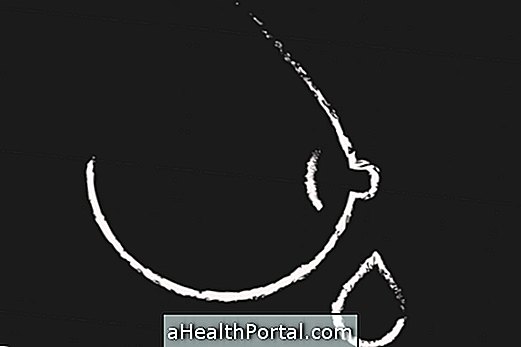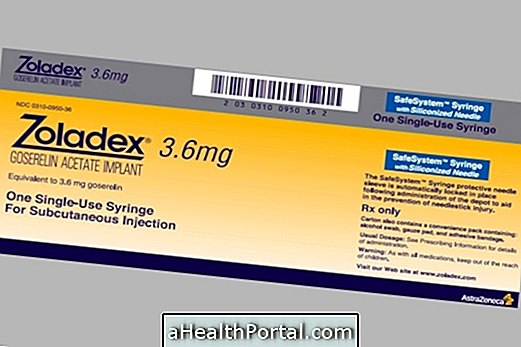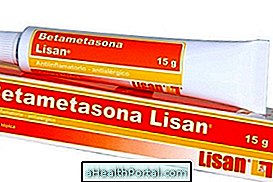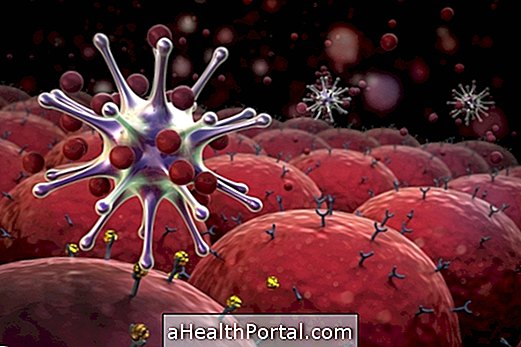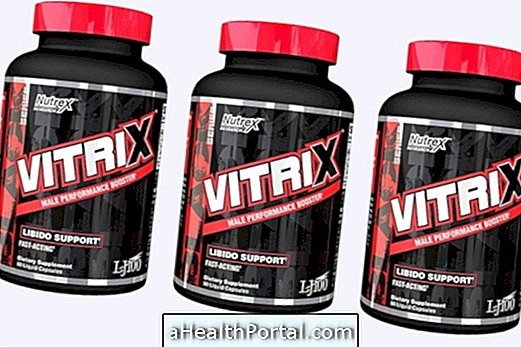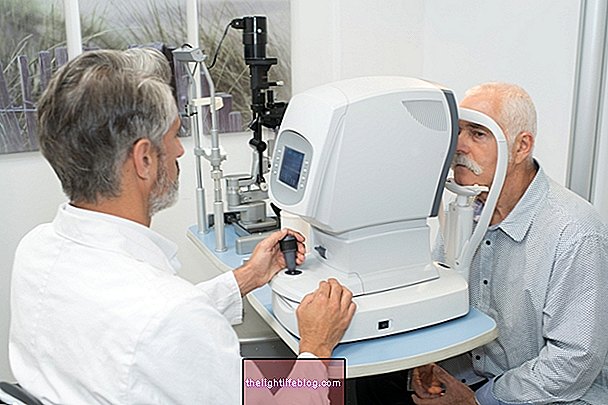Salt therapy, or halo therapy as it is also known, is a therapy that uses inhaled non-iodized salt as a complementary resource to respiratory and skin disease treatments.
What is halo therapy for?
Halo therapy serves to complete the treatment of diseases, such as:
- Sinusitis
- Asthma
- Chronic bronchitis
- Allergic Rhinitis
- Cough related to cigarette smoking
- Respiratory infections
- Resistance to pollen
- Acne
- Psoriasis
- Eczema
- Stress
- Depression
- Hay fever
- Chronic fatigue
In addition, halo therapy is also effective in preventing colds and flu.
How is halo therapy done?
The patient is placed in a room where the walls, ceiling and floor are covered with salt and should remain in it for approximately 40 minutes. In addition, in the room there is an air vaporizer that releases about 30 mg of imperceptible salt particles per hour.


How does halo therapy work?
Halo therapy acts as follows: when it enters the respiratory system, salt releases the airways because of its mucolytic, anti-inflammatory and antimicrobial factor, facilitating the passage of air and reducing inflammation of the small airways. It is due to this factor that the halotherapy is indicated even for cases of asthma and chronic bronchitis, proving to be very effective. The small particles of salt also rest on the skin, being very useful in skin lesions because it acts as a local anti-inflammatory.
How Many Halo Therapy Sessions to Do
Adult salt or halotherapy therapy should be performed daily for 10 consecutive days and repeated 2 to 3 times a year as a form of maintenance. For children, it is recommended 6 sessions, which should be done every other day, and then evaluate the results.
Where to do halo therapy
Halo therapy sessions can be done in specialized clinics and in some Spas.



